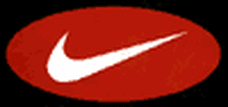
A brief history of Nike
The Nike athletic machine began as a small distributing outfit located in the trunk of Phil Knight's car. From these rather inauspicious beginnings, Knight's brainchild grew to become the shoe and athletic company that would come to define many aspects of popular culture and myriad varieties of 'cool.'
Nike emanated from two sources: Bill Bowerman's quest for lighter, more durable racing shoes for his Oregon runners, and Knight's search for a way to make a living without having to give up his love of athletics. Bowerman coached track at the University of Oregon where Phil Knight ran in 1959. Bowerman's desire for better quality running shoes clearly influenced Knight in his search for a marketing strategy. Between them, the seed of the most influential sporting company grew.
The story goes like this: while getting his MBA at Stanford in the early '60s, Knight took a class with Frank Shallenberger. The semester-long project was to devise a small business, including a marketing plan. Synthesizing Bowerman's attention to quality running shoes and the burgeoning opinion that high-quality/low cost products could be produced in Japan and shipped to the U.S. for distribution, Knight found his market niche. Shallenberger thought the idea interesting, but certainly no business jackpot. Nothing more became of Knight's project.
Cut to 1963. Phil Knight traveled to Japan on a world-tour, filled with the wanderlust of young men seeking a way to delay the inevitable call of professional life. Seemingly on a whim, Knight scheduled an interview with a Japanese running shoe manufacturer, Tiger--a subsidiary of the Onitsuka Company. Presenting himself as the representative of an American distributor interested in selling Tiger shoes to American runners, Knight told the businessmen of his interest in their product. Blue Ribbon Sports--the name Knight thought of moments after being asked who he represented--was born. The Tiger executives liked what they heard and Knight placed his first order for Tigers soon thereafter.
By 1964, Knight had sold $8,000 worth of Tigers and placed an order for more. Coach Bowerman and Knight worked together, but ended up hiring a full-time salesman, Jeff Johnson. After cresting $1 million in sales and riding the wave of the success, Knight et. al. devised the Nike name and trademark Swoosh in 1971.
By the late '70s, Blue Ribbon Sports officially became Nike and went from $10 million to $270 million in sales. Katz (1994) describes the success via Nike's placement within the matrix of the fitness revolution: 'the idea of exercise and game-playing ceased to be something the average American did for fun,' instead Americans turned to working out as a cultural signifier of status. Clearly, the circumstances surrounding the shift are not this simple; it is one of the aims of this project to discover other generators of popular attention to health.
If Nike didn't start the fitness revolution, Knight says, "We were at least right there. And we sure rode it for one hell of a ride" (Katz, 66). The 80s and 90s would yield greater and greater profits as Nike began to assume the appearance of athletic juggernaut, rather than the underdog of old. "Advertising Age" named Nike the 1996 Marketer of the Year, citing the "ubiquitous swoosh...was more recognized and coveted by consumers than any other sports brand--arguably any brand" (Jensen, 12/96). That same year Nike's revenues were a staggering $6.74 billion. Expecting $8 billion sales in fiscal 1997, Nike has targeted $12 billion in sales by the year 2000.
And all from the back of a car.
Few can question Nike's financial hegemony. But nearly $7 billion in revenues clearly begs the question, What sells these shoes? It is my assertion that Nike's power to sell comes from deep-rooted yearnings for cultural inclusiveness and individual athletic accomplishment. These seemingly paradoxical desires collide in consumers hearts and minds and produce the unyielding zeal for Nike shoes and apparel. Unfortunate effects of this zeal can be found in the rash of Nike apparel killings in 1991 and the profusion of Nike collectors and webpages designed around the company's products. (See listing of homepages on Works Cited Page) Nike appeals to these disparate elements of Americans' personalities through an advertising philosophy that is, at once, simple and sublime. In addition, Nike's practice of top-level athletes promoting their products appeal to countless ages and creeds as a way to identify with and emulate their athletic heroes. These forces work powerfully upon the individual consumer, but one should not lose sight of the cultural context in which the individual moves.
The Nike athletic machine began as a small distributing outfit located in the trunk of Phil Knight's car. From these rather inauspicious beginnings, Knight's brainchild grew to become the shoe and athletic company that would come to define many aspects of popular culture and myriad varieties of 'cool.'
Nike emanated from two sources: Bill Bowerman's quest for lighter, more durable racing shoes for his Oregon runners, and Knight's search for a way to make a living without having to give up his love of athletics. Bowerman coached track at the University of Oregon where Phil Knight ran in 1959. Bowerman's desire for better quality running shoes clearly influenced Knight in his search for a marketing strategy. Between them, the seed of the most influential sporting company grew.
The story goes like this: while getting his MBA at Stanford in the early '60s, Knight took a class with Frank Shallenberger. The semester-long project was to devise a small business, including a marketing plan. Synthesizing Bowerman's attention to quality running shoes and the burgeoning opinion that high-quality/low cost products could be produced in Japan and shipped to the U.S. for distribution, Knight found his market niche. Shallenberger thought the idea interesting, but certainly no business jackpot. Nothing more became of Knight's project.
Cut to 1963. Phil Knight traveled to Japan on a world-tour, filled with the wanderlust of young men seeking a way to delay the inevitable call of professional life. Seemingly on a whim, Knight scheduled an interview with a Japanese running shoe manufacturer, Tiger--a subsidiary of the Onitsuka Company. Presenting himself as the representative of an American distributor interested in selling Tiger shoes to American runners, Knight told the businessmen of his interest in their product. Blue Ribbon Sports--the name Knight thought of moments after being asked who he represented--was born. The Tiger executives liked what they heard and Knight placed his first order for Tigers soon thereafter.
By 1964, Knight had sold $8,000 worth of Tigers and placed an order for more. Coach Bowerman and Knight worked together, but ended up hiring a full-time salesman, Jeff Johnson. After cresting $1 million in sales and riding the wave of the success, Knight et. al. devised the Nike name and trademark Swoosh in 1971.
By the late '70s, Blue Ribbon Sports officially became Nike and went from $10 million to $270 million in sales. Katz (1994) describes the success via Nike's placement within the matrix of the fitness revolution: 'the idea of exercise and game-playing ceased to be something the average American did for fun,' instead Americans turned to working out as a cultural signifier of status. Clearly, the circumstances surrounding the shift are not this simple; it is one of the aims of this project to discover other generators of popular attention to health.
If Nike didn't start the fitness revolution, Knight says, "We were at least right there. And we sure rode it for one hell of a ride" (Katz, 66). The 80s and 90s would yield greater and greater profits as Nike began to assume the appearance of athletic juggernaut, rather than the underdog of old. "Advertising Age" named Nike the 1996 Marketer of the Year, citing the "ubiquitous swoosh...was more recognized and coveted by consumers than any other sports brand--arguably any brand" (Jensen, 12/96). That same year Nike's revenues were a staggering $6.74 billion. Expecting $8 billion sales in fiscal 1997, Nike has targeted $12 billion in sales by the year 2000.
And all from the back of a car.
Few can question Nike's financial hegemony. But nearly $7 billion in revenues clearly begs the question, What sells these shoes? It is my assertion that Nike's power to sell comes from deep-rooted yearnings for cultural inclusiveness and individual athletic accomplishment. These seemingly paradoxical desires collide in consumers hearts and minds and produce the unyielding zeal for Nike shoes and apparel. Unfortunate effects of this zeal can be found in the rash of Nike apparel killings in 1991 and the profusion of Nike collectors and webpages designed around the company's products. (See listing of homepages on Works Cited Page) Nike appeals to these disparate elements of Americans' personalities through an advertising philosophy that is, at once, simple and sublime. In addition, Nike's practice of top-level athletes promoting their products appeal to countless ages and creeds as a way to identify with and emulate their athletic heroes. These forces work powerfully upon the individual consumer, but one should not lose sight of the cultural context in which the individual moves.
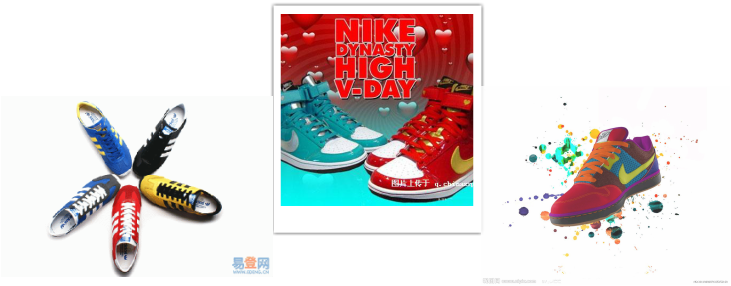
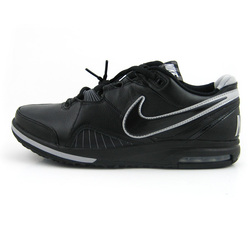
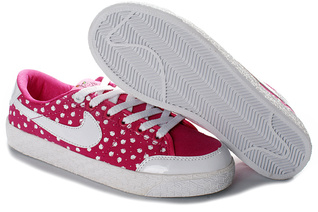
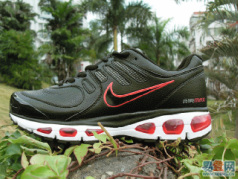
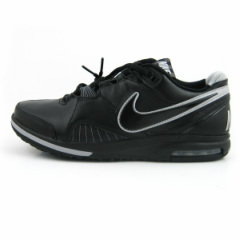
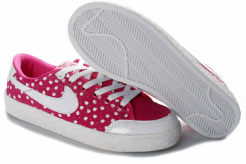
 RSS Feed
RSS Feed